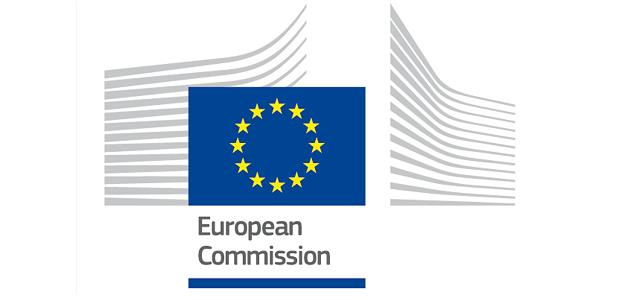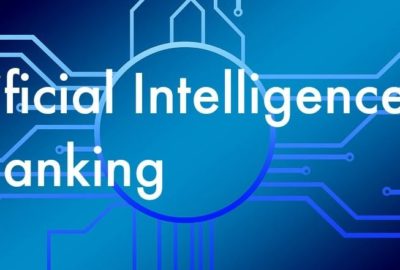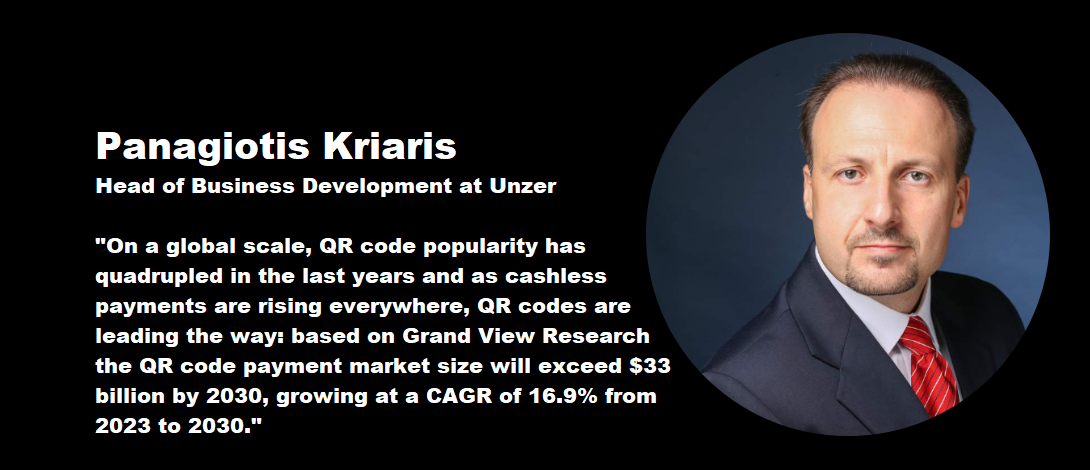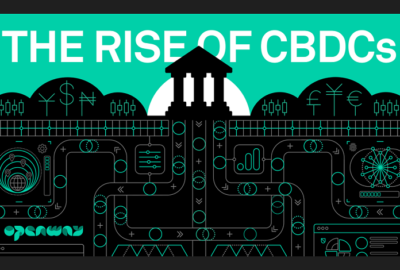European Council backs Commission’s plans to invest €1 billion in world-class European supercomputers and high-tech infrastructure

The Council adopted a regulation aimed at giving a boost to high-performance computing by setting up a new European joint undertaking. „This undertaking will oversee the pooling of resources within Europe to develop supercomputers for processing big data, which is an essential tool to help tackle the challenges of today’s world.”, according to the press release.
The Competitiveness Council adopted a Regulation to establish the European High Performance Computing (EuroHPC) Joint Undertaking – a new legal and funding structure, which will pool resources from 25 European countries, build supercomputing and data infrastructure, and support research and innovation in the field involving scientists, businesses and industry. This structure will give European public and private users better access to supercomputing which is essential to support competitiveness and innovation.
Andrus Ansip, Commission Vice-President for the Digital Single Market, said: „Data is the raw material of our digital economy. We need supercomputers to process it, develop artificial intelligence and find solutions to complex questions in areas like health and security. Today, most of our researchers and companies need to go outside of Europe to find the first-class computers they need. The EU cannot afford to lag behind. With EuroHPC, we will be able to benefit from innovation at home.”
Mariya Gabriel, Commissioner for Digital Economy and Society, added: “The EuroHPC Joint Undertaking will stimulate the development in Europe of a competitive supercomputing and data supply chain via public procurement. Through its competence centres, it will further empower European academia, industry, small and medium-sized enterprises and public services, and provide them with access to a wide range of resources, services and tools to improve their digital skills and innovate.”
Heinz Faßmann, Austrian Federal Minister for Education, Science and Research: „High-performance computing is key to research as well as to the digitisation of industry and the data economy. Europe’s scientific capabilities, industrial competitiveness and autonomy depend on having access to world-class supercomputers and data infrastructure. High Performance Computing plays a vital role in helping us address issues such as climate change forecasting, advanced medicine modelling and artificial intelligence. But we have to coordinate our approach and pool our resources in Europe to be a relevant global player. Today’s decision will enable the Union to develop, deploy, extend and maintain an integrated world-class supercomputing and data infrastructure.”
The EuroHPC Joint Undertaking will be established in November 2018 and remain operational until the end of 2026. „The cooperation is crucial for the EU’s competitiveness and independence in the data economy, as industry in the EU currently consumes over 33% of supercomputing resources worldwide, but supplies only 5% of them.”, says the European Commission.
A public-private partnership
The European high-performance computing („EuroHPC”) joint undertaking will take the form of a public-private partnership. It will provide a legal, contractual and organisational framework to its members.
The members of the joint undertaking will be the EU, individual EU countries, third countries associated to the Horizon 2020 framework programme and private associations.
Funding of the project
The Joint Undertaking will have a budget of €1 billion, half from the EU budget and half from participating European Member States. Additional resources to the value of over €400 million will come from private partners. Its activities will be focused on two areas:
. A pan-European supercomputing infrastructure: to buy and deploy in the EU two supercomputers among the top 5 in the world and at least two others that would rank in the world top 25 today. These machines will be interconnected with existing national supercomputers and made available throughout Europe to public and private users, for use in more than 800 scientific and industrial application fields.
. Research and innovation: to support the development of a European supercomputing ecosystem, stimulating a technology supply industry, and making supercomputing resources in many application areas available to a large number of public and private users, including small and medium-sized enterprises.
To date, the following European countries have committed to joining the Joint Undertaking: Austria, Belgium, Bulgaria, Croatia, Czech Republic, Denmark, Estonia, Finland, France, Germany, Greece, Hungary, Ireland, Italy, Latvia, Lithuania, Luxembourg, the Netherlands, Norway, Poland, Portugal, Romania, Slovakia, Slovenia and Spain.
The financial contribution from the EU’s general budget will amount to € 486 million: € 386 million from the „Horizon 2020” framework programme for Research and Innovation and € 100 million from the „Connecting Europe Facility” programme.
Next steps
The Joint Undertaking’s operations will start in the coming weeks after representatives from the Commission, European countries and private partners, who will form its Governing Board and Industrial and Scientific Advisory Board, are nominated.
In the longer term, the Commission proposed to invest €2.7 billion in the Joint Undertaking to strengthen supercomputing and data processing in Europe as part of the Digital Europe Programme for 2021-2027 tabled in May 2018. This additional funding will ensure the availability of world-class supercomputers and their wider use in both the public and private sectors, including small and medium-sized enterprises.
The joint undertaking is expected to start operating at the latest by early 2019 in order to reach the target of equipping the EU with a pre-exascale and petascale infrastructure by 2020, and developing the necessary technologies and applications for reaching exascale (which allows at least 1018 calculations per second) capabilities around 2022 to 2023.
The aim is to network existing and new centres of excellence and to set up a long-term ecosystem for supercomputing in Europe. A development cycle of the next generation of technology typically takes 4-5 years.
Background
High-performance computing refers to the technologies and the use of powerful supercomputers (interconnecting in a single system or in close proximity of hundreds of thousands or millions of computing units working in parallel) to perform massive and fast computations that are so demanding that they cannot be performed by general-purpose computers.
On 11 January 2018, the Commission proposed a regulation for the establishment of the EuroHPC joint undertaking based on articles 187 and 188 of the EU treaty.
On 23 March 2017, several member states signed the EuroHPC declaration, committing to work towards the development of an integrated supercomputing infrastructure of the next generation.
Anders Olofsson – former Head of Payments Finastra
Banking 4.0 – „how was the experience for you”
„So many people are coming here to Bucharest, people that I see and interact on linkedin and now I get the change to meet them in person. It was like being to the Football World Cup but this was the World Cup on linkedin in payments and open banking.”
Many more interesting quotes in the video below:












